Test and Fail. Test and Fail.
In the digital world, marketing offers businesses unparalleled opportunities to reach and engage with their audiences. However, as with any tool, using digital marketing incorrectly can lead to wasted resources and missed opportunities. Even seasoned marketers sometimes make errors that hinder their success. In this blog, we’ll explore some of the most common digital marketing mistakes and, more importantly, how to avoid them.
Mistake 1: Ignoring Your Target Audience
Understanding your target audience is the foundation of any successful marketing strategy. Yet, many businesses fall into the trap of trying to appeal to everyone, which often results in ineffective messaging and low engagement.
The Problem: Creating content and running ads without a clear understanding of your target audience can lead to poor performance and wasted ad spend. If you’re trying to speak to everyone, you end up speaking to no one.
How to Avoid It:
- Define Buyer Personas: Develop detailed personas for your ideal customers, including their demographics, behaviors, pain points, and needs.
- Use Analytics Tools: Leverage tools like Google Analytics and social media insights to refine your understanding of who engages with your content.
- Personalize Your Content: Tailor your messaging to address the specific needs and desires of your target audience, rather than using a one-size-fits-all approach.
Mistake 2: Failing to Set Clear Goals
Another common mistake in digital marketing is launching campaigns without clearly defined goals. Without goals, you can’t measure success, and your marketing efforts lack direction.
The Problem: Many businesses don’t set specific objectives, leading to unfocused marketing campaigns that fail to deliver results.
How to Avoid It:

- Set SMART Goals: Your goals should be Specific, Measurable, Achievable, Relevant, and Time-bound. For example, “Increase website traffic by 20% over the next three months” is a clear, measurable goal.
- Align with Business Objectives: Ensure your marketing goals support broader business objectives, such as increasing brand awareness, lead generation, or sales.
- Track and Adjust: Regularly review your progress and be willing to adjust your strategy if your goals aren’t being met.
Mistake 3: Neglecting SEO
Search engine optimization (SEO) remains one of the most powerful tools for driving organic traffic, but it’s often overlooked or improperly executed. Failing to optimize your content for search engines can significantly hurt your visibility.
The Problem: Many businesses create content without incorporating effective SEO techniques, leading to poor search engine rankings and lost opportunities for organic traffic.
How to Avoid It:
- Conduct Keyword Research: Use tools like Google Keyword Planner to identify relevant keywords your audience is searching for and integrate them naturally into your content.
- Optimize Meta Tags and URLs: Ensure your title tags, meta descriptions, and URLs are optimized with targeted keywords.
- Focus on Local SEO: If your business serves a local area, optimize for local searches by claiming your Google My Business listing and including location-specific keywords.
Mistake 4: Not Utilizing Data Effectively
Data is the backbone of successful digital marketing. Yet, many businesses fail to gather, interpret, and act on data insights, leading to poor decision-making and missed opportunities for optimization.
The Problem: Without utilizing data, businesses can’t accurately assess the effectiveness of their marketing efforts or make informed adjustments.
How to Avoid It:
- Use Analytics Tools: Platforms like Google Analytics, social media analytics, and customer relationship management (CRM) systems can help you gather valuable insights.
- Make Data-Driven Decisions: Regularly review campaign performance, user behavior, and other key metrics to guide your marketing strategy.
- A/B Test Your Campaigns: Continuously test different elements of your campaigns, such as headlines or calls to action, to see what resonates best with your audience.
Mistake 5: Overlooking Mobile Users
With mobile traffic now surpassing desktop, failing to optimize your website and marketing campaigns for mobile users can result in poor engagement and high bounce rates.

The Problem: Many businesses still prioritize desktop experiences, overlooking how their websites and content perform on mobile devices.
How to Avoid It:
- Ensure Mobile Responsiveness: Make sure your website is fully responsive and adapts to different screen sizes.
- Optimize Load Times: Mobile users expect fast loading times, so compress images and use content delivery networks (CDNs) to improve speed.
- Test on Multiple Devices: Regularly test your website on a variety of mobile devices to ensure a seamless user experience.
Mistake 6: Inconsistent Social Media Presence
Social media is an essential tool for brand building and customer engagement, but inconsistency in posting can hurt your efforts. Many businesses post sporadically, which can lead to a loss of followers and engagement.
The Problem: Inconsistent posting makes your brand appear inactive or unprofessional, which can damage your credibility.
How to Avoid It:
- Create a Content Calendar: Plan your social media content in advance using a calendar to ensure regular posting.
- Engage with Your Audience: Social media is about two-way communication. Respond to comments, share user-generated content, and run interactive polls or contests.
- Use Analytics to Improve: Track engagement and adjust your social media strategy based on what content performs best.
Mistake 7: Focusing Too Much on Sales, Not Value
While the ultimate goal of marketing is to drive sales, an overly aggressive sales-focused approach can alienate your audience. Customers are more likely to engage with brands that offer value beyond just selling.

The Problem: Constantly pushing products or services without offering educational or entertaining content can lead to disengagement.
How to Avoid It:
- Deliver Value-Driven Content: Focus on providing content that educates, entertains, or solves a problem for your audience.
- Follow the 80/20 Rule: 80% of your content should offer value, while only 20% should focus on sales or promotions.
- Engage with Your Audience: Build relationships with your followers through meaningful interactions, personalized offers, and addressing their needs.
Conclusion
Digital marketing offers immense potential for businesses to grow, but common mistakes can hold you back from realizing that potential. By understanding your audience, setting clear goals, optimizing for SEO and mobile, using data effectively, maintaining a consistent social media presence, and providing value to your audience, you can avoid these pitfalls and achieve better results from your marketing efforts.
Ready to move your digital marketing strategy up a level? Contact us today to book a discovery call and find out how we can help you grow your business. Let’s get started!




